Buy (DHEA) Dehydroepiandrosterone Sulfate sodium salt
Buy (DHEA) Dehydroepiandrosterone Sulfate sodium salt. Dehydroepiandrosterone (DHEA) is a steroid hormone, and it is one of the most prevalent steroids found in humans. Dehydroepiandrosterone concentrations peak between the ages of 20 and 30 and then sharply decline with age.
(DHEA) Dehydroepiandrosterone Sulfate sodium salt suppliers
The body synthesizes DHEA by converting dietary cholesterol into pregnenolone, a building block for numerous hormones. Via the CYP17 enzyme, pregnenolone converts into DHEA.
Where can I get (DHEA) dehydroepiandrosterone in bulk?
The body produces dehydroepiandrosterone in the adrenal glands, testes, ovaries, and brain. However, most dehydroepiandrosterone synthesis occurs in the adrenals due to the amount of CYP17 enzymes expressed there. DHEA is a critical endogenous precursor to produce the sex hormones androgen, dihydrotestosterone (DHT), and estrogen. However, it performs several other biological functions by interacting with nuclear, cell surface, and neurotrophic factor receptors in the brain.
Best place to buy bulk supplements
- 1099-87-2
- cas 1099-87-2
- Estradiol Hormone
wholesale supplement
- ProName: Body Building Estradiol Hormone
- CasNo:1099-87-2
- Molecular Formula:C19H27NaO5S
- Appearance: powder
- Application: Medical
- DeliveryTime:3 days after payment confirmation
- Package: According to your request
- Port: Shanghai Hongkong
- ProductionCapacity:1 Metric Ton/Month
- Purity:99.7%+
- Storage: Dry and ventilated
- Transportation: EMS, DHL, TNT, UPS, FedEx
- LimitNum:10 Gram
- Place of origin: China
where to buy raw supplement ingredients?
DHEA and other adrenal androgens such as androstenedione, although relatively weak androgens, are responsible for the androgenic effects of adrenarche, such as early pubic and axillary hair growth, adult-type body odor, increased oiliness of hair and skin, and mild acne. DHEA for sale is potentiated locally via conversion into testosterone and dihydrotestosterone (DHT) in the skin and hair follicles. Women with complete androgen insensitivity syndrome (CAIS), who have a non-functional androgen receptor (AR) and are immune to the androgenic effects of DHEA and other androgens, have absent or only sparse/scanty pubic and axillary hair and body hair in general, demonstrating the role of DHEA and other androgens in body hair development at both adrenarche and pubarche.
As an estrogen (DHEA) Dehydroepiandrosterone
DHEA is a weak estrogen. In addition, it is transformed into potent estrogens such as estradiol in certain tissues such as the vagina, and thereby produces estrogenic effects in such tissues.
As a neurosteroid (DHEA) Dehydroepiandrosterone
As a neurosteroid and neurotrophin, DHEA has important effects in the central nervous system.
Although it functions as an endogenous precursor to more potent androgens such as testosterone and DHT, DHEA has been found to possess some degree of androgenic activity in its own right, acting as a low affinity (Ki = 1 μM), weak partial agonist of the androgen receptor (AR). However, its intrinsic activity at the receptor is quite weak, and on account of that, due to competition for binding with full agonists like testosterone, it can actually behave more like an antagonist depending on circulating testosterone and dihydrotestosterone (DHT) levels, and hence, like an antiandrogen. However, its affinity for the receptor is very low, and for that reason, is unlikely to be of much significance under normal circumstances.
Estrogen receptors (DHEA) Dehydroepiandrosterone
In addition to its affinity for the androgen receptor, DHEA has also been found to bind to (and activate) the ERα and ERβ estrogen receptors with Ki values of 1.1 μM and 0.5 μM, respectively, and EC50 values of >1 μM and 200 nM, respectively. Though it was found to be a partial agonist of the ERα with a maximal efficacy of 30–70%, the concentrations required for this degree of activation make it unlikely that the activity of DHEA at this receptor is physiologically meaningful. Remarkably however, DHEA acts as a full agonist of the ERβ with a maximal response similar to or actually slightly greater than that of estradiol, and its levels in circulation and local tissues in the human body are high enough to activate the receptor to the same degree as that seen with circulating estradiol levels at somewhat higher than their maximal, non-ovulatory concentrations; indeed, when combined with estradiol with both at levels equivalent to those of their physiological concentrations, overall activation of the ERβ was doubled.
Other nuclear receptors (DHEA) Dehydroepiandrosterone
DHEA does not bind to or activate the progesterone, glucocorticoid, or mineralocorticoid receptors. Other nuclear receptor targets of DHEA besides the androgen and estrogen receptors include the PPARα, PXR, and CAR.However, whereas DHEA is a ligand of the PPARα and PXR in rodents, it is not in humans. In addition to direct interactions, DHEA is thought to regulate a handful of other proteins via indirect, genomic mechanisms, including the enzymes CYP2C11 and 11β-HSD1 – the latter of which is essential for the biosynthesis of the glucocorticoids such as cortisol and has been suggested to be involved in the antiglucocorticoid effects of DHEA – and the carrier protein IGFBP1.
Neurosteroid activity (DHEA) Dehydroepiandrosterone
Neurotransmitter receptors
DHEA has been found to directly act on several neurotransmitter receptors, including acting as a positive allosteric modulator of the NMDA receptor, as a negative allosteric modulator of the GABAA receptor, and as an agonist of the σ1 receptor.
Neurotrophin receptors (DHEA) Dehydroepiandrosterone
In 2011, the surprising discovery was made that DHEA, as well as its sulfate ester, DHEA-S, directly bind to and activate TrkA and p75NTR, receptors of neurotrophins like nerve growth factor (NGF) and brain-derived neurotrophic factor (BDNF), with high affinity. DHEA was subsequently also found to bind to TrkB and TrkC with high affinity, though it only activated TrkC not TrkB. DHEA and DHEA-S bound to these receptors with affinities in the low nanomolar range (around 5 nM), which were nonetheless approximately two orders of magnitude lower relative to highly potent polypeptide neurotrophins like NGF (0.01–0.1 nM). In any case, DHEA and DHEA-S both circulate at requisite concentrations to activate these receptors and were thus identified as important endogenous neurotrophic factors. They have since been labeled “steroidal microneurotrophins”, due to their small-molecule and steroidal nature relative to their polypeptide neurotrophin counterparts. Subsequent research has suggested that DHEA and/or DHEA-S may in fact be phylogenetically ancient “ancestral” ligands of the neurotrophin receptors from early on in the evolution of the nervous system. The findings that DHEA binds to and potently activates neurotrophin receptors may explain the positive association between decreased circulating DHEA levels with age and age-related neurodegenerative diseases.

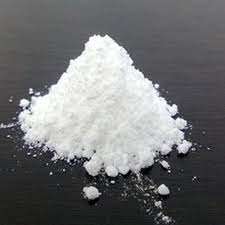
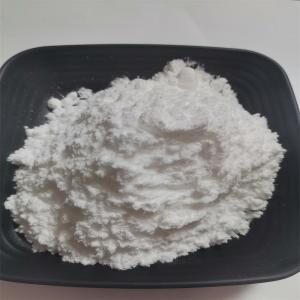
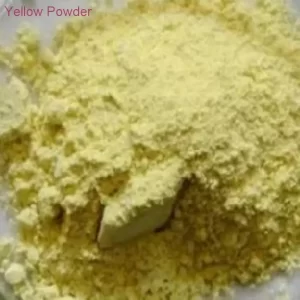
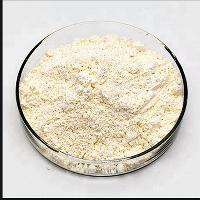
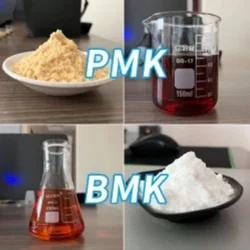
Reviews
There are no reviews yet.